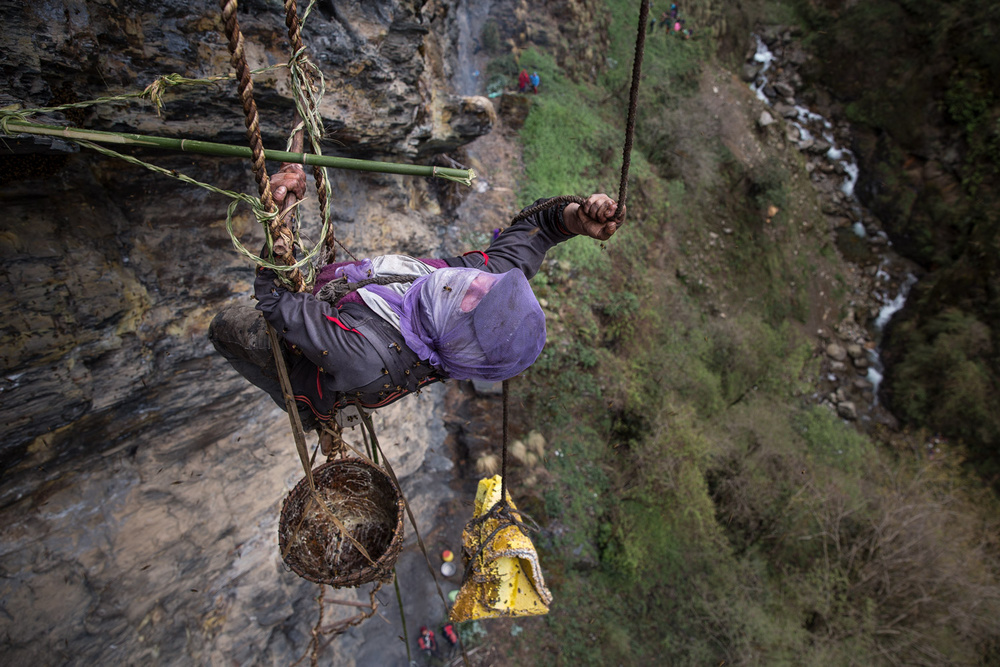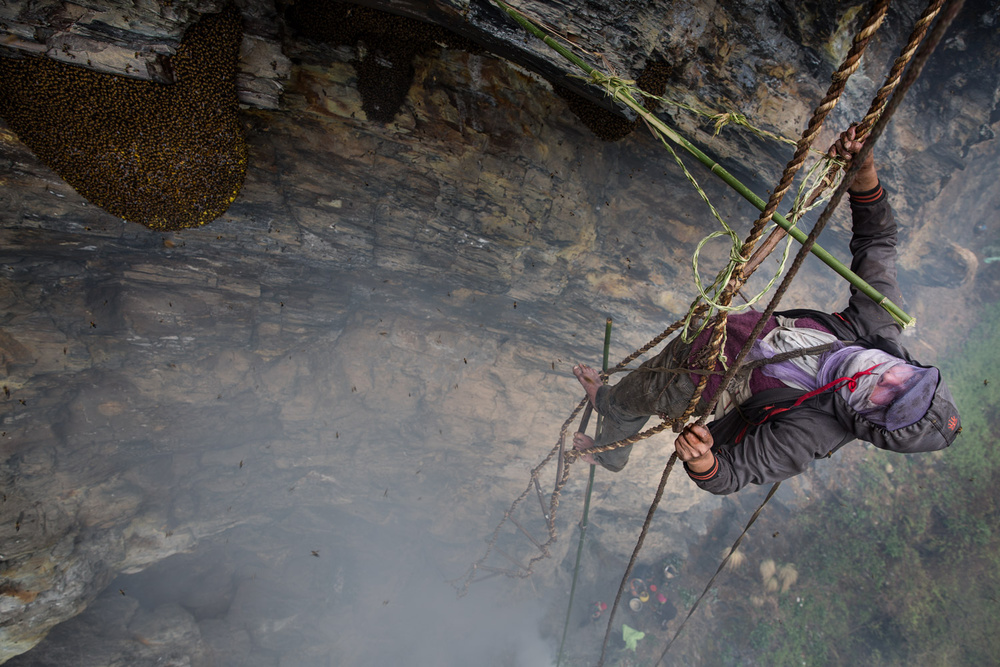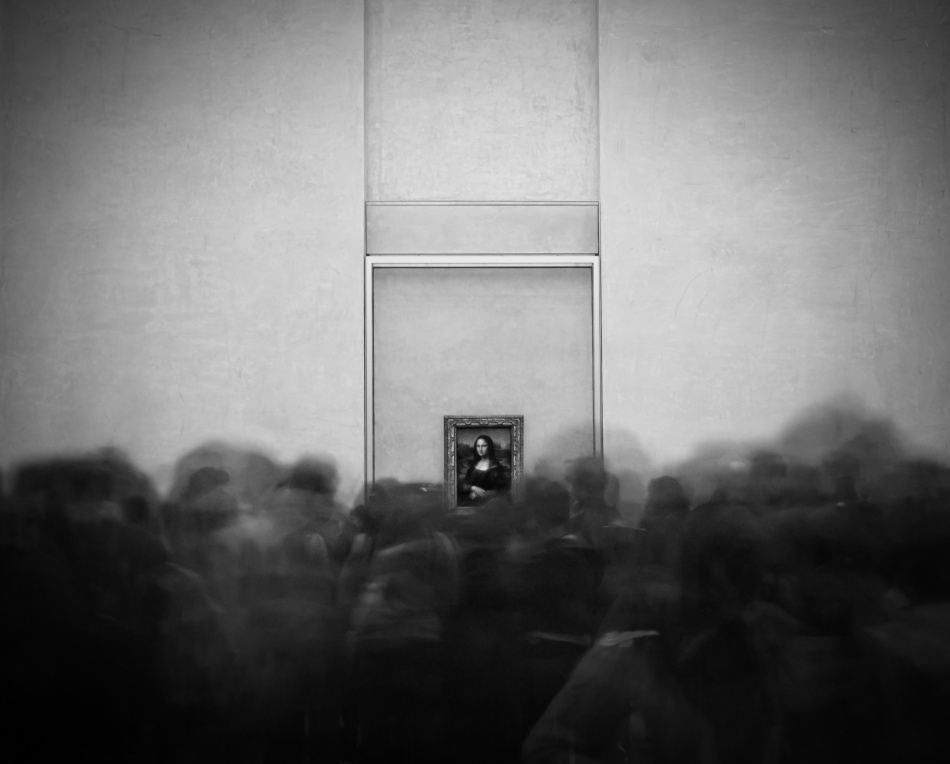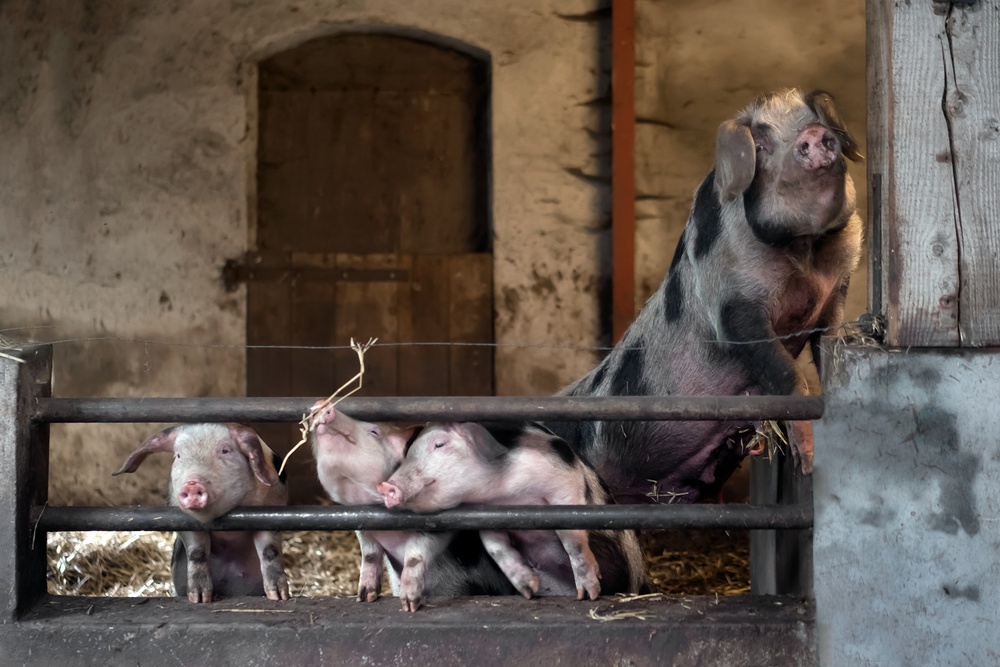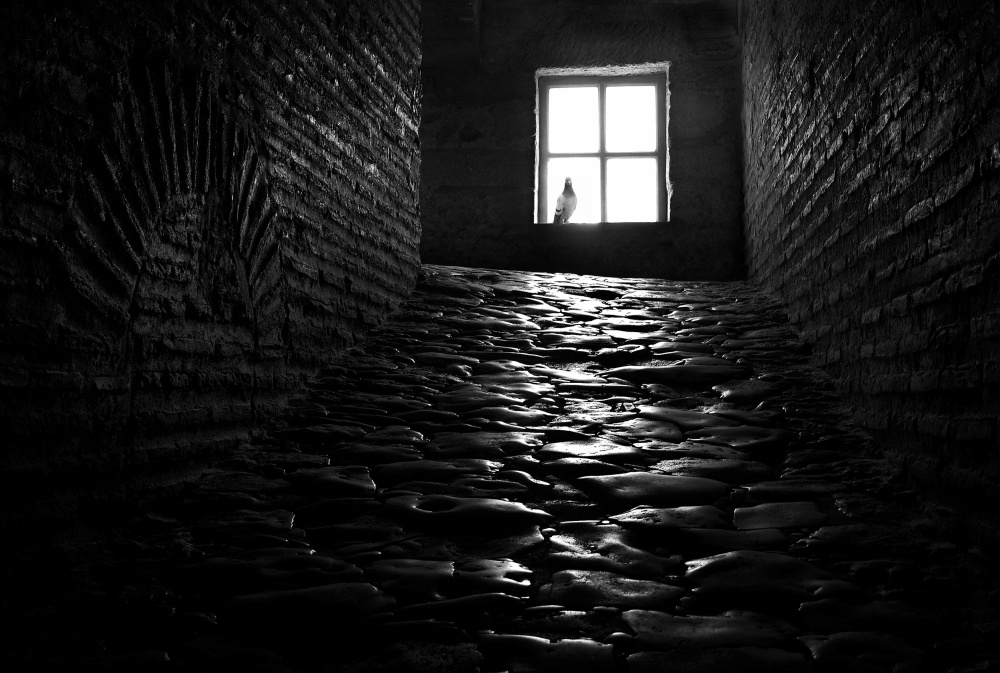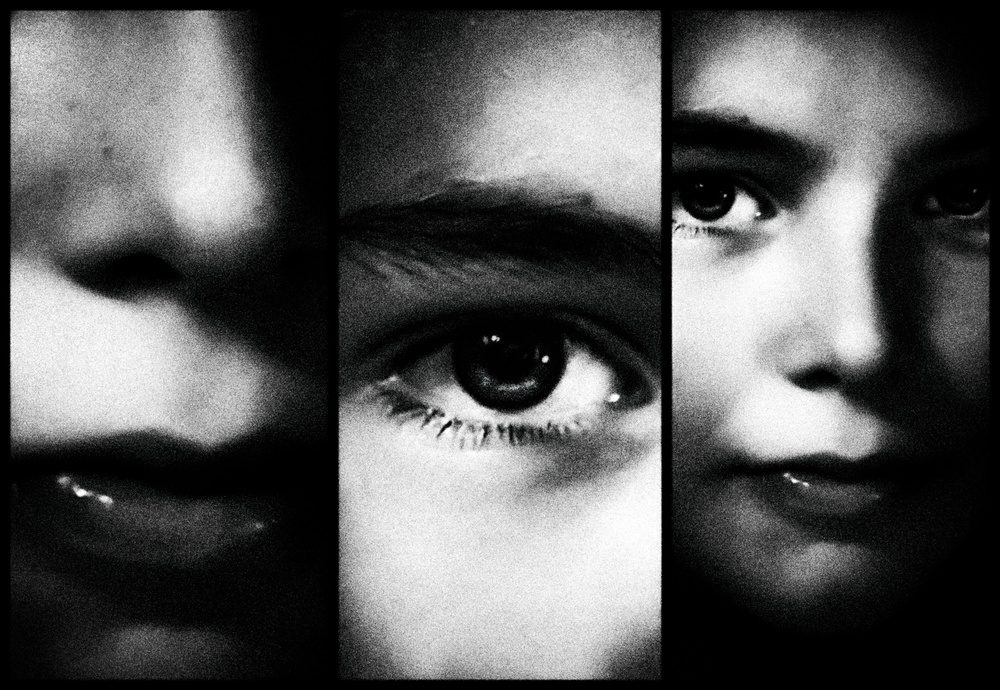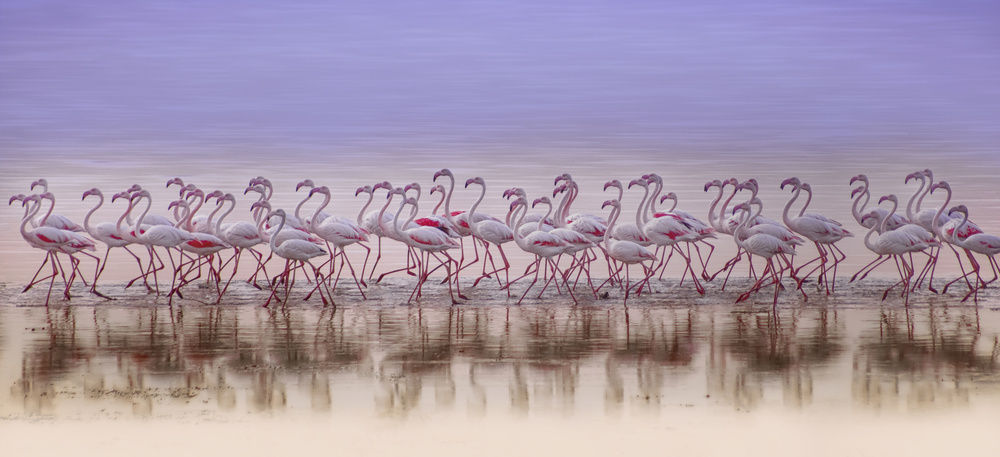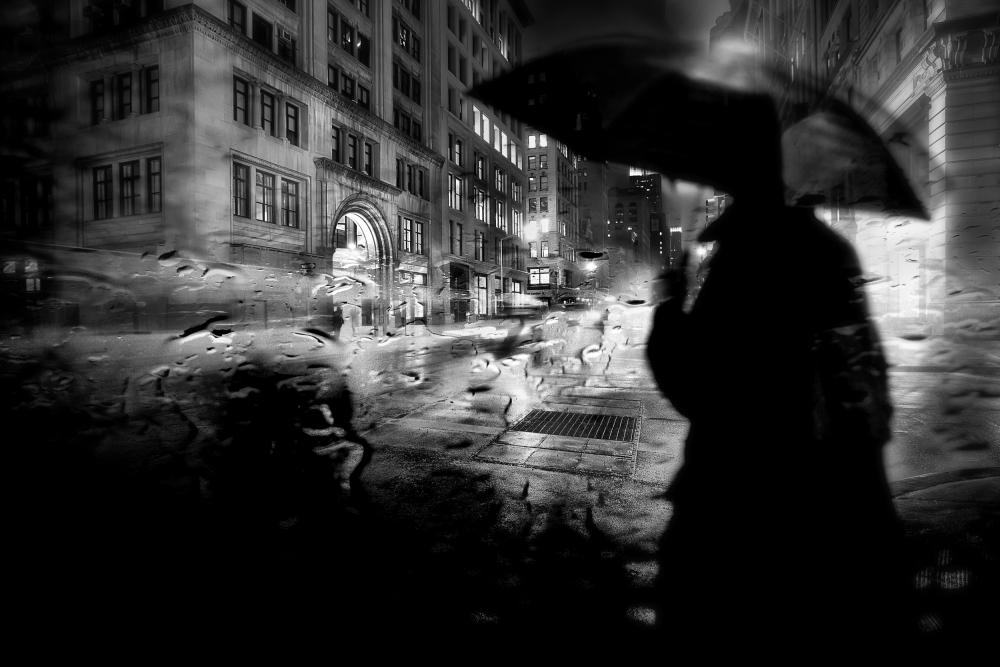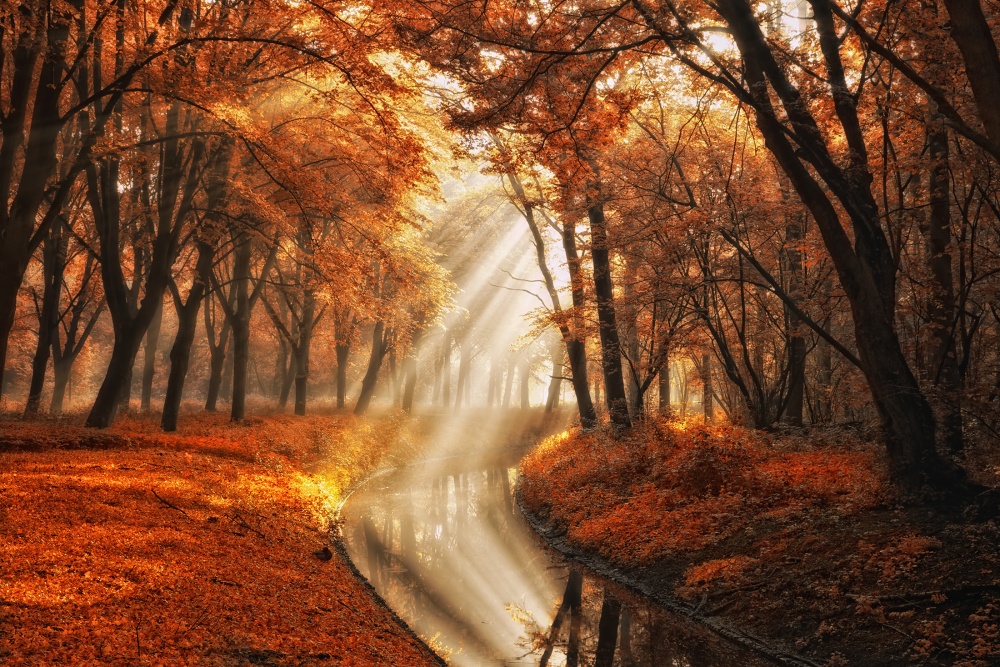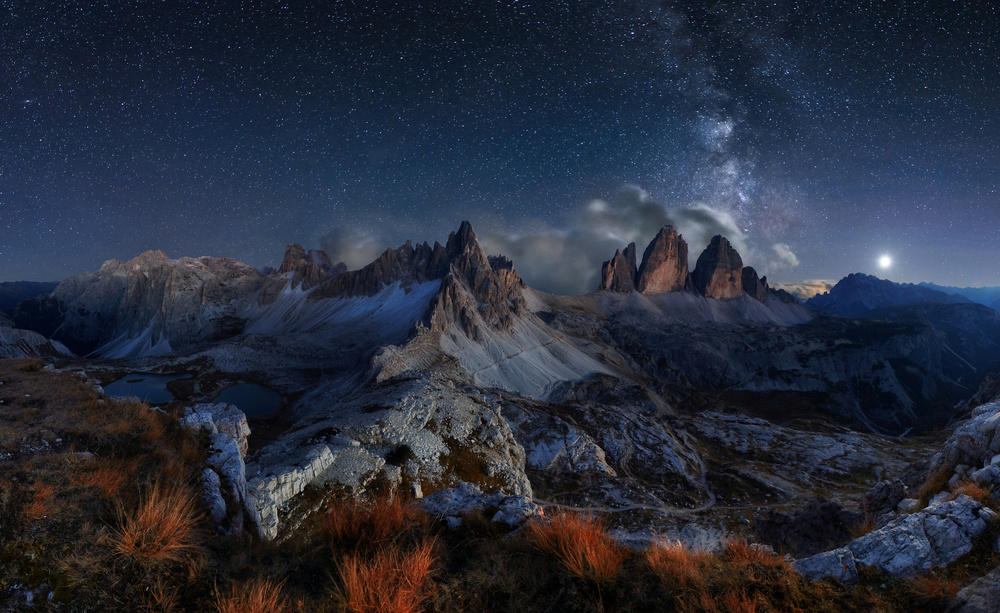Tips & Tricks

'Sweet Gold' - The Honey Hunters of Nepal
1x Blog-Tips & Tricksby Editor Yvette Depaepe
In collaboration with Mauro De Bettio
First of all, big thanks to Mauro for allowing us to publish this unique reportage.
The preparations of this journey were a time consuming, but hugely important commitment. The search to find the right contacts and confirming the accessibility to locations took one year to complete.
There are rare tribes in Nepal that have been haunting honey from Himalayan cliffs for centuries. A tradition that's carried on for generations. Wrapped in a tornado of angry giant bees, hanging with bare hands to a bamboo rope hundreds of meters high, these people risk their lives to collect the precious spring ‘red honey’, famous for its medicinal, aphrodisiac and hallucinogenic properties.
The honey hunters live in remote villages of wood and stone houses which are set into the mountain range of the Dhaulagiri district, under the shadow of Mount Everest. Far from anything, this unspoilt area is only accessible on foot, and a couple of days from the neighboring villages.
Honey hunting is still practiced today with the help of rudimentary tools and without any safety precautions. It is a dangerous, crazy, and sometimes fatal ritual that may not last much longer due to the changes in the eco-system.
This is the story of my journey: an adventure between the kingdom of dreams and madness. One of those rare moments in life when the expectations of dreams and reality converge.
Spring came and I was there, together with the Pun tribes, hunting this nectar and sensing the ancient aura. It took me four days to reach their village. Knowing of my arrival, the tribe prepared me a welcoming ceremony.
No movement or decision cannot take place without all the village members having discussed and later questioning the deities (day of the lunar cycle). The word comes: This year the most favorable day for honey hunting will be the first Wednesday of the month.

We left before the sun rose from behind the eight-thousand-metre-high snow-covered wall in front of us; we have been driving through the thick jungle for over eight hours. It is the third day of walking for me and the backpack weighs heavy on my shoulders. I am running out of strength.
I look to my companions and the agility with which they move is incredible, unleashing machete blows upon the branches that block our path, without pause. They cross the river, jumping from one rock to another wearing flip-flops; me, with my technical clothing, I just cross the river with the ice water that reaches my waist. I have leeches attached everywhere. I can’t stop wondering how the hell it occurred to me to come up here and think back to the hundreds of calls, months of searching for clues and the sleepless nights. I have the feeling that my rhythm causes them to feel obliged to slow down and the effort they put in, on top of guiding me, is superhuman. The women look at me and smile, until I realise that the situation makes me smile too. They carry on their shoulders wicker baskets filled with food and firewood. Along the way they collect berries, mushrooms, asparagus-like shoots and delicacies unknownto me.

The forest is also equipped with useful materials for the collection of honey. Long bamboo canes of different shapes, each with its own precise function. Then baskets, hooks, different type of ropes made from bamboo fibres and then very long stairs.


The pace quickens; we are late and the light requires us to arrive before sunset. Despite the efforts we reach the base camp in darkness. Our shelter for the next few nights will be at the foot of the steep wall we are to climb tomorrow morning.
I will never forget the feeling of those tears running down my face. I do not feel ashamed to admit that I cried, whilst giving my last remaining energy to climbing the endless staircase. Exhausted, I screamed inside, I had already been forbidden to speak, to avoid attack from the bees. Durga was up there, far away, and he waited for me, enveloped in a thick trail of black and bees, whilst his ladder rocked precariously. Before my eyes I had the image that I had dreamt of for months. The moment I had hoped to portray was there waiting for me, but it was still too far away. I exhorted myself to not give up, drawing on the passion, stubbornness, pride, sacrifice, and will power used. I had to go on at all costs, winning over the pain and effort. I cried through a combination of joy, anger, and fear. It was a thousand different sensations culminating at once. But, one step at a time, I reached the summit.
I am looking for a moment to breathe a sigh of relief when I get hit by a white cloud: it is the thick smoke of the burnt foliage used to push away the millions of angry Apis Labriosa away from the honey. The intent is to disorientate and clear the bees from the hives with the aim of reducing the number of potential stings, although, most of them remain to guard their golden treasure. In turn, they raise their wings, aligning to create a trail that waves from side to side in the shape of a half moon. A practiced defense strategy for use against predators, much like we are.

Durga gives the signal, with three different whistles that echo throughout the valley. He warns a companion perched half way down the wall on an overhanging tree who is coordination the work, who instructs the others at the bottom and top of the wall how and when to drop the baskets, move the ladders, direct the smoke and retrieve the ropes. There are a dozen men in total, and teamwork is essential for recovering the honey.
The Śikārī begins to manoeuvre his tools. He commands, with perfect synchronicity, ropes and poles like a puppeteer manipulating his puppets. The slow, precise movements of a conductor. The blade cuts through blocks of hives that are then caught in a basket and lowered.

We are surrounded by a tornado of giant angry bees. A single misstep could be fatal. What was previously a distant hum, a gentle buzz, has become a deafening roar. I look at the bees on the back of my gloves, they are furious. They try in vain to penetrate the fabric. It is at this moment that I am infinitely grateful that I decided to buy a good quality beekeeping suit. For Durga, however, it is a different story. Not even half an hour has passed, and his swollen feet and hands are covered in blood, blisters, thorns and hundreds of bites.




But he doesn't show no fear. I wonder how he can survive the constant attacks from these desperate creatures who are trying to defend their riches at all costs. Giving their lives in kamikaze-like dive bomb attacks. It almost appears as though he has developed a mystical relationship with these creatures.
He knows that he is robbing them of their prized possessions and for this accepts the consequences without complaint. The work is almost over. The hive has not been collected in its entirety. Durga leaves part of it, at the base, to make sure that it will be repopulated before the next season.
As night falls again we find ourselves back in th cave, with the heat of the fire that hasn't stopped over the last three days. We each enjoy our own piece of the hard-earned honey. Some are smiling, some are already stoned. There are thos who laugh and sing loudly and others who have serious discussions with the Gods above.






What I experienced myself, I want to keep to myself. I look one by one at the faces and eyes of these heroes. I think their strenght, their ingenuity, the singing and dancing, their extraordinary sense of humour and the incredible uncontaminated envrionment in which they live.
This is where my journey ends.
. '
